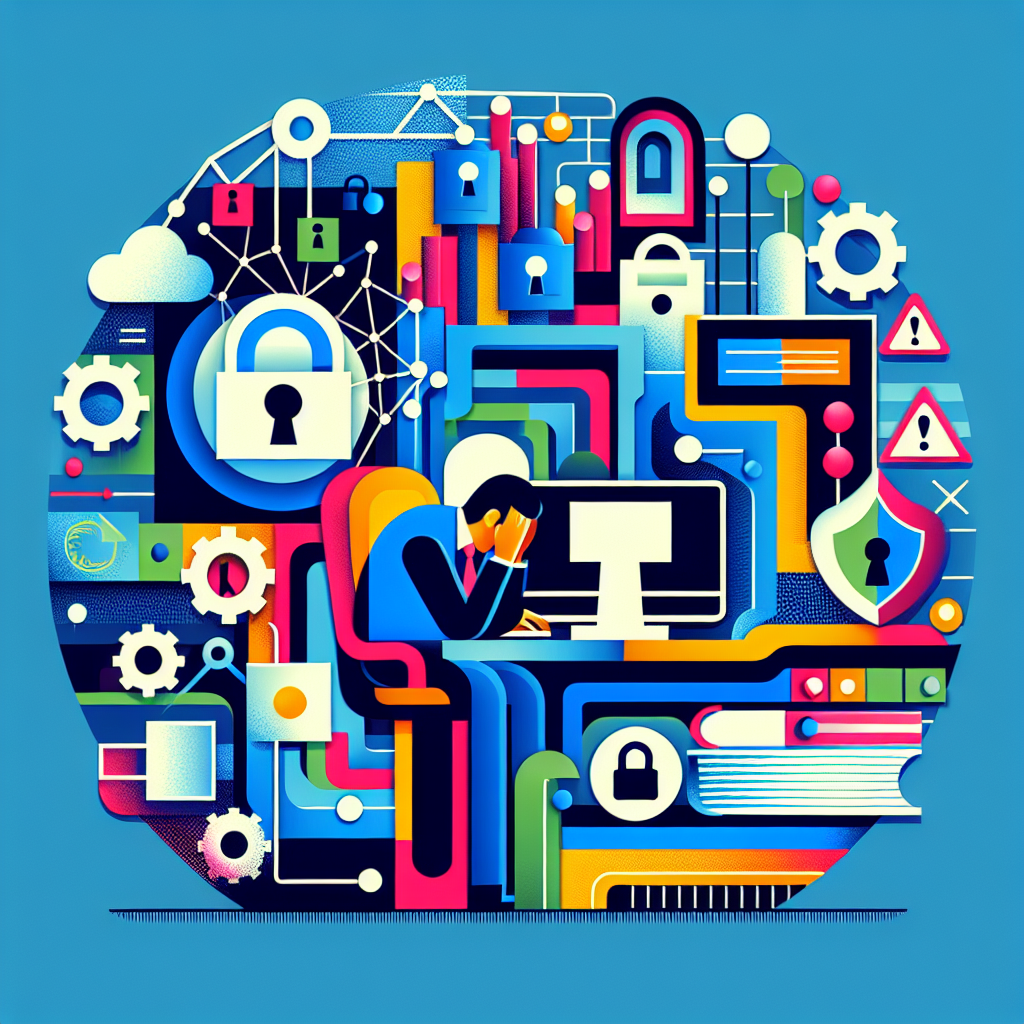Cybersecurity Architects face high burnout risks due to complex threat landscapes, constant vigilance, and intricate design challenges demanding relentless problem-solving.

- High-stress levels from constant cyber threats.
- Multitasking complex tasks in high-pressure environments.
- Continuous need for up-to-date security knowledge.
- Frequent long hours and on-call demands.
- Lack of resources to tackle threats effectively.
- Increasing job responsibilities and expectations over time.
- Psychological impact from dealing with potential breaches.
Current statistical data indicates that burnout levels for Cybersecurity Architects are categorized as Moderate.
Reasons Cybersecurity Architects burnout
According to the science to date there are key reasons people burnout at work. Here’s our top reasons why Cybersecurity Architect in the Technology category has a burnout risk of Moderate:
As a professional scientist in the field of burnout studies, it’s essential to examine the factors contributing to burnout among Cybersecurity Architects, a critical role in protecting organizational assets.
High-Stress Environment: The constant threat of cyber attacks creates a high-pressure environment. You may face stress from persistent monitoring for potential threats and incidents.
Long Working Hours: Many in this career often work long hours, sometimes including nights and weekends. This can disrupt work-life balance and contribute to exhaustion.
Rapid Technological Changes: The cybersecurity field evolves rapidly. You must stay updated with the latest tools, technologies, and threat landscapes, which can be overwhelming.
Resource Limitations: Insufficient resources, such as budget constraints or lack of staff, can hinder your efforts to implement robust security measures, leading to frustration.
High Responsibility: As a Cybersecurity Architect, you bear a significant responsibility for safeguarding sensitive data. The stakes are high; a single mistake could have severe consequences.
Lack of Recognition: Success in cybersecurity often means avoiding problems altogether. You may feel undervalued when your hard work goes unnoticed when breaches do not occur.
Understanding these factors can help you manage your role better and seek strategies to mitigate burnout. Prioritizing self-care and setting boundaries can also be effective in maintaining your well-being in this demanding field.
Burnout rate data for Cybersecurity Architect/Technology
There is limited direct data specifically on burnout among Cybersecurity Architects. However, burnout in the broader technology industry has been documented. Cybersecurity professionals, including architects, face high stress owing to the critical nature of their roles. The need to constantly keep up with ever-evolving threats contributes to increased stress levels.
A study by Open Sourcing Mental Illness found that tech professionals report high levels of anxiety and burnout (52% of participants). Resources focusing on the mental health of the tech industry include platforms like OSMI (https://osmihelp.org).
Furthermore, a report from Deloitte highlights that 91% of cybersecurity professionals report high stress levels, suggesting burnout risks across various cybersecurity roles, including architects (https://www2.deloitte.com/us/en/insights/industry/technology/digital-transformation-in-cybersecurity.html).
Do you have experience of Burnout as a Cybersecurity Architect or in Technology?
Share your story about Cybersecurity Architect burnout on our share your story page.
Burnout in Technology
Career Burnout Rates > Burnout in Technology > Cybersecurity Architect Burnout


